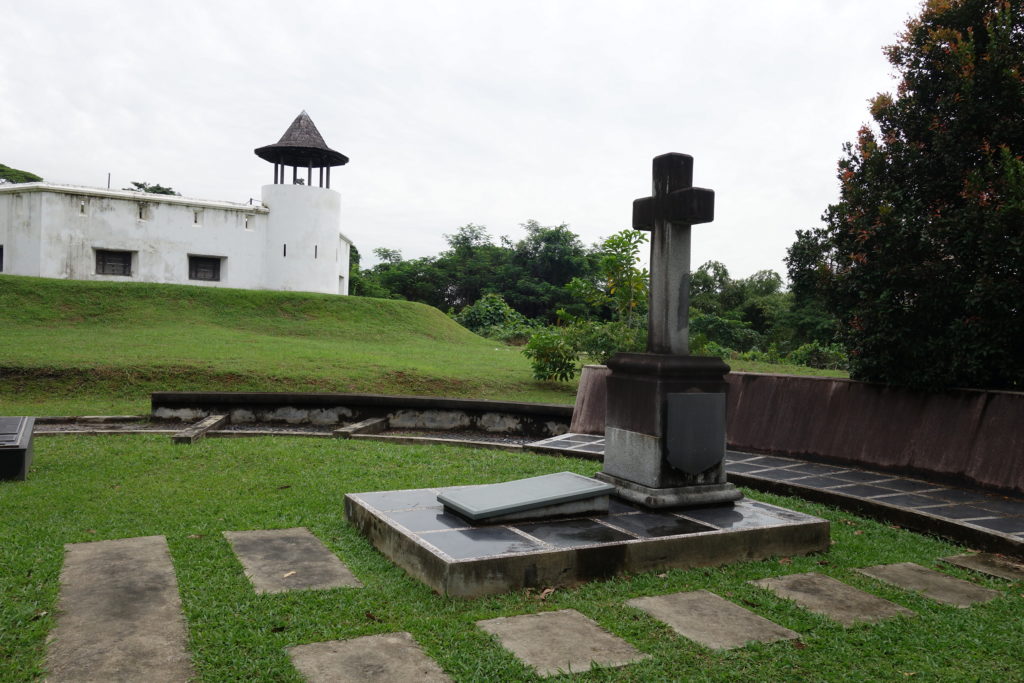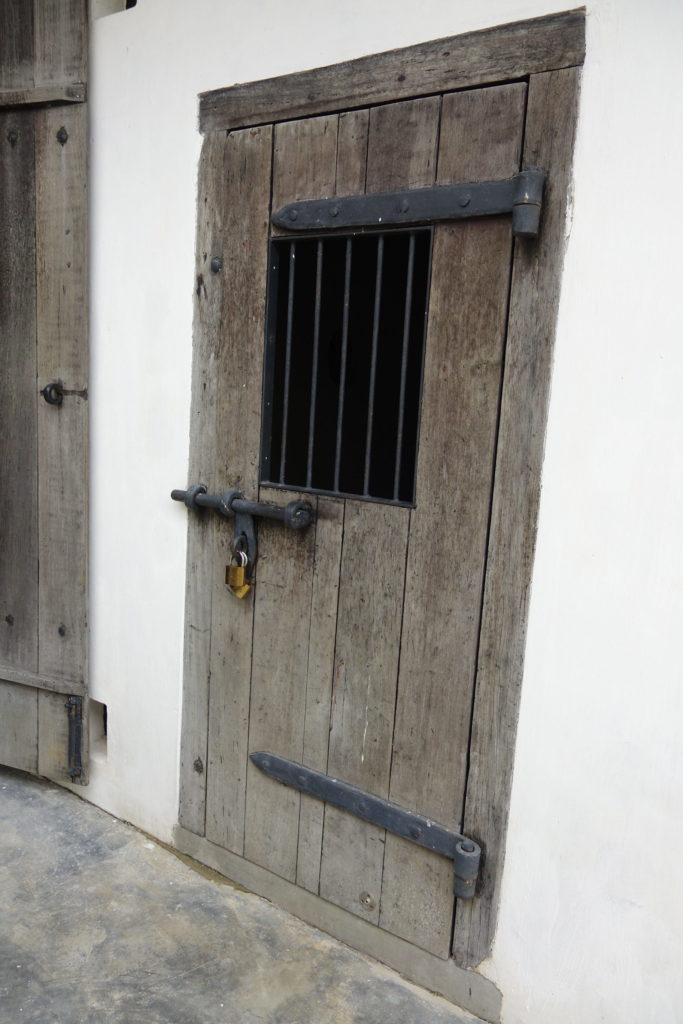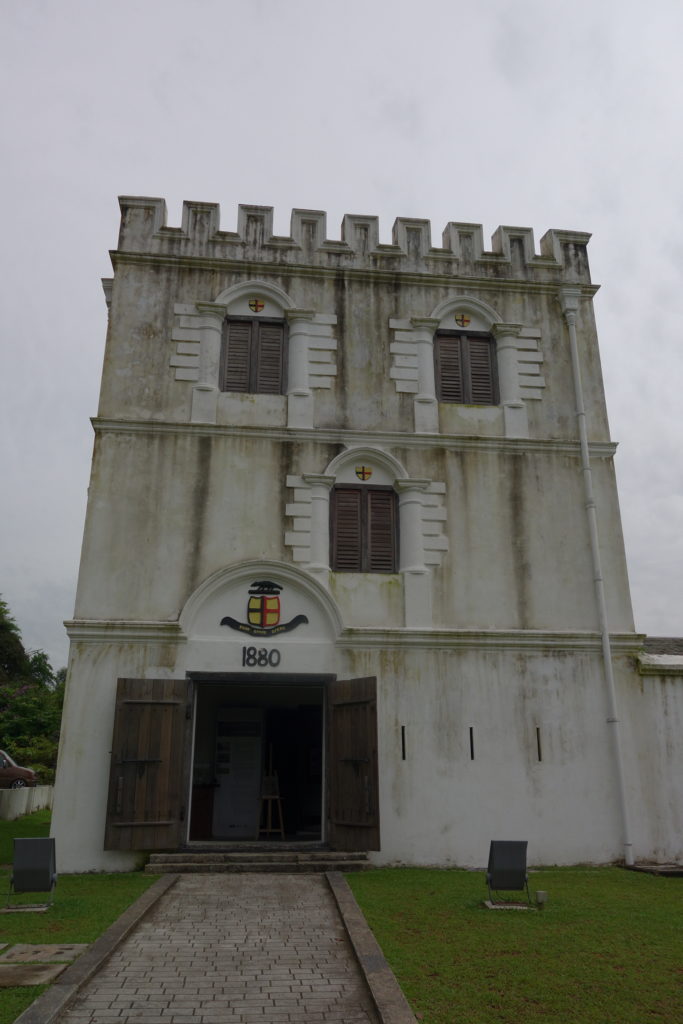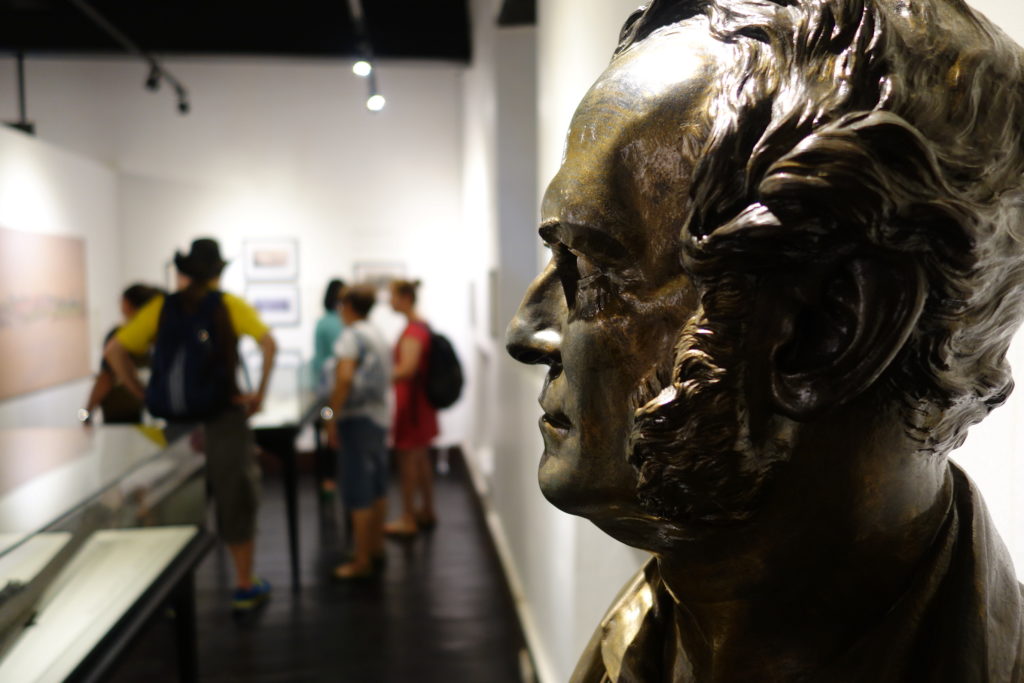Never been inside a 19th century British fort before? Well, this is a good chance for you to step inside one, and to learn about a good part of Sarawak’s history. Built by the 2nd Rajah Charles Brooke in 1879, Fort Magherita sits on a strategic riverside hilltop across the river directly opposite the old town of Kuching. From its watch tower, the sentry could have a clear view of any enemy boats sailing in from upstream or downstream. Its ground is a landscaped undulating hillocks and surrounded by trees. After the Second World War, the building was once used as a police museum. And because of its historical significance, the government decided to turn it into a gallery showcasing the heritage of the Brooke rule in collaboration with the Brooke Foundation Trust.
Several years in the planning, the Brooke Gallery was finally opened in 2016. This depository of historical artifacts, majority of which were sourced from the Brooke family, tells in graphic details, the founding of the Brooke dynasty, who ruled Sarawak from 1841 as its own little kingdom, beginning with the area surrounding Kuching and slowly acquiring more and more land from the Brunei sultanate. At the outbreak of the Pacific War in 1941, Sarawak was ruled by the Japanese Army until its surrender in 1945. The subsequent 17 odd years (1946-1963) Sarawak was under British colonial rule till the formation of Malaysia in 16th September, 1963.

Outside the fort is a pleasant landscaped garden sloping down to the river. In the foreground is the grave of the wife of Brooke Brooke, James Brooke’s nephew who was heir apparent, until both men fell out of each other and Charles Brooke became the 2nd White Rajah.
Three floors, joined by the original spiral staircases, of exhibits ranging from Brooke era’s Sarawak flag, to ceremonial sword once owned by the Charles Brooke, letters, books and old photographs (reproduced and enlarged), and many other memorabilia adorn the halls. On the flat rooftop, a sweeping view of Kuching’s skyline can be seen from Pending to the Malay villages towards the Satok bridge.

Period Artifacts and rare documents line the exhibition hall give a vivid account of the rule of the three White Rajahs.
On the ground floor, there are two prison cells or lockups with iron bars on the windows of the strong doors. There is an small inner court or assembly ground for the troops manning the fort, and a two storey high thick wall surrounding it, with turrets where sentries can hide and shoot at oncoming enemies. Cannons poke out of their holes on the walls adds to the authenticity that this was a building built for warfare.

The heavy door of the fort’s lockup on the ground floor gives a graphic details of what a felon would be facing.
Outside, the ground of this fort is a pleasant landscape garden fringed by tall trees and shrubs. From this ground, the new Council Negri (the State Parliament of Sarawak) can be seen behind the trees.
Unfortunately, access to this fort from just across the river is via a long drive via the Satok bridge or the Tun Salahuddin Bridge, or via the little use uphill path through the Malay village, its a 15 minutes walk and one can easily feel lost as the path winds through steps along the village houses, an abandon school and bushes before the building comes into sight. So near yet so far! To use this path, first go to the Waterfront near the conical roof building opposite Hilton Hotel and take the small ferry boat across, ask the ferryman to point the direction of the path.
As of writing, a new landing point for the the ferry service for visitors to walk up to the fort is being built and will make the visit easier instead of the circuitous walk through the village at another landing point much farther away.
https://goo.gl/maps/gyepPcsQifD2















